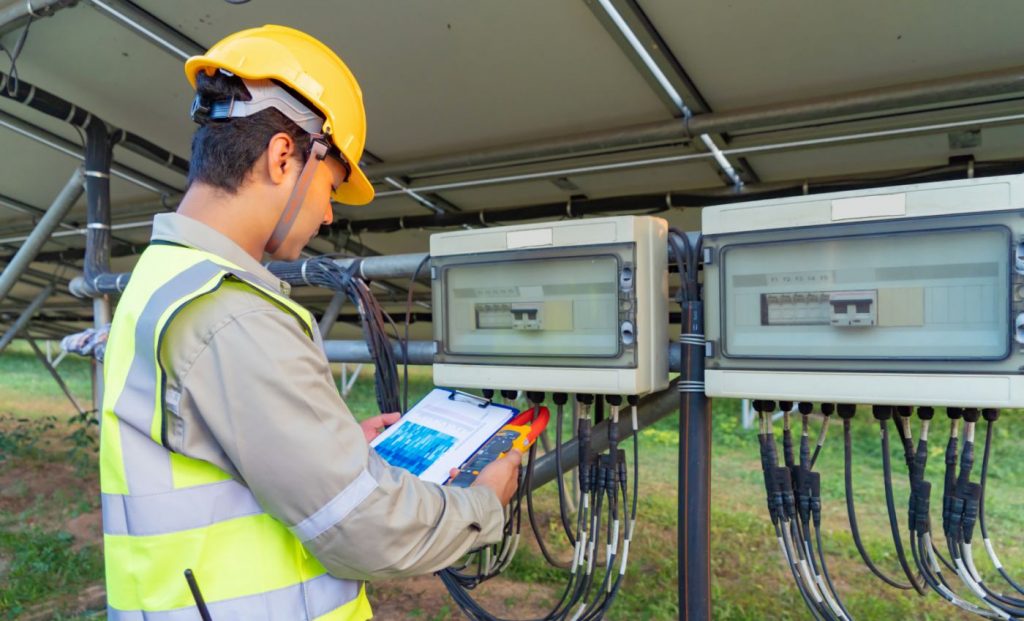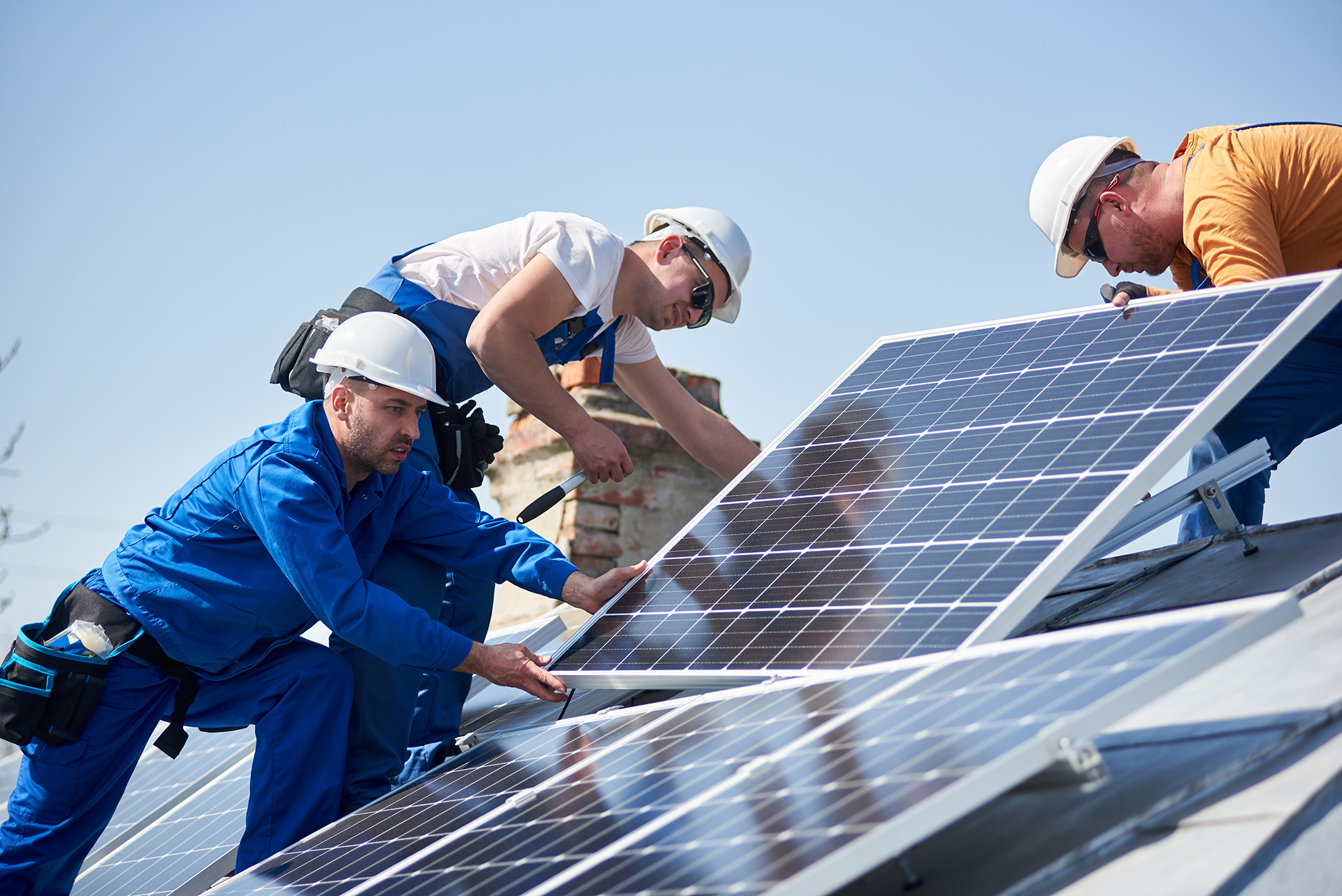Table of Contents
ToggleIntroduction
Accumulators play a crucial role in various industrial and mechanical systems, serving as energy storage devices that can store hydraulic or pneumatic fluid under pressure. During winter months, the operation of accumulators becomes even more critical as they must contend with the challenges posed by cold temperatures and adverse weather conditions. This article explores the intricacies of operating accumulators in winter, highlighting the factors affecting their performance and the strategies to ensure optimal functionality in cold environments.
Factors Affecting Accumulator Performance in Winter
One of the primary challenges faced by accumulators during winter is the significant drop in temperatures. Cold weather can impact the performance of hydraulic and pneumatic systems by causing fluid viscosity changes and affecting the overall efficiency of the accumulator. In extreme cases, freezing temperatures can lead to the solidification of hydraulic fluid, rendering the accumulator inoperable.
As temperatures decrease, the viscosity of hydraulic fluids tends to increase, which can impede the flow of fluid within the accumulator system. This increase in viscosity results in higher friction losses and reduced system efficiency, ultimately affecting the performance of the accumulator. Proper fluid selection and conditioning are essential to mitigate the effects of viscosity changes during winter operation.
Cold temperatures can also exert mechanical stress on the components of an accumulator system. Metal components may become more brittle in cold weather, increasing the risk of failure or damage due to thermal expansion and contraction cycles. Additionally, seals and gaskets may harden or degrade faster in low temperatures, leading to potential leaks and system malfunctions.
Pre-Winter Preparation for Accumulators
To ensure reliable operation during winter, accumulators should undergo thorough inspection and maintenance procedures before the onset of cold weather. This includes checking for any signs of wear or damage, tightening fittings and connections, and replacing worn-out components such as seals or valves. Regular maintenance helps identify potential issues early on and prevents costly downtime during winter months.
Choosing the right hydraulic fluid for winter operation is crucial for maintaining optimal performance in cold temperatures. Low-temperature fluids with appropriate viscosity ratings ensure smooth operation and prevent fluid thickening or solidification. Additionally, conditioning additives can be used to improve the fluid’s cold-weather properties and enhance its performance in winter conditions.
Insulating the accumulator and associated hydraulic lines can help minimize heat loss and maintain fluid temperatures within the optimal range during winter. Thermal blankets, jackets, or insulation wraps can be installed around the accumulator to prevent heat dissipation to the surrounding environment. This helps preserve the fluid’s viscosity and ensures consistent performance even in extreme cold.
Operating Strategies for Accumulators in Winter
Continuous monitoring of fluid temperatures is essential for detecting any deviations from the desired operating range and taking corrective action promptly. Temperature sensors installed on the accumulator can provide real-time data, allowing operators to adjust system parameters accordingly. Additionally, incorporating heating elements or circulation systems can help regulate fluid temperatures and prevent freezing.
In colder temperatures, it may be necessary to adjust the pressure and flow rates within the accumulator system to compensate for changes in fluid viscosity and system dynamics. Lowering operating pressures or reducing flow rates can help maintain system stability and prevent overloading of components. It is important to strike a balance between performance and efficiency while operating accumulators in winter.
In environments with extreme cold conditions, the use of dedicated heating systems can be employed to ensure the proper functioning of accumulators. Electric heaters, heat exchangers, or circulation loops can be integrated into the accumulator system to maintain fluid temperatures above the freezing point. These heating systems help prevent fluid solidification and ensure uninterrupted operation during winter months.
Common Winter Challenges and Solutions
Preventing the freezing of hydraulic fluid is paramount in winter operations to avoid damage to accumulator systems. Insulating critical components, using low-temperature fluids, and implementing heating systems are effective strategies for preventing fluid freezing. Additionally, periodic circulation of fluid within the system can help prevent stagnation and ice formation in cold weather.
Winter conditions can exacerbate issues related to fluid contamination, such as moisture ingress or particle contamination. Regular filtration and fluid analysis are essential for detecting and addressing contamination issues promptly. Installing desiccant breathers and maintaining proper sealing integrity can help minimize the risk of moisture contamination, ensuring the longevity of the accumulator system.
In extreme cold weather scenarios, it is crucial to have contingency plans and emergency protocols in place to deal with unexpected failures or malfunctions. This may include having backup power sources for heating systems, implementing redundant accumulator units, or establishing emergency response procedures for fluid leaks or system failures. Regular training and drills can help personnel respond effectively to emergencies in winter conditions.
Case Studies and Examples
Several industries and applications have successfully implemented strategies for operating accumulators in winter conditions. Case studies from sectors such as aerospace, automotive, and renewable energy can provide valuable insights into best practices and lessons learned in winter operation. By studying successful implementations, operators can adapt and optimize their accumulator systems for cold weather environments.
Despite best efforts, accumulator systems may encounter failures or operational challenges during winter months. Analyzing case studies and examples of failures can provide valuable lessons and insights into potential pitfalls to avoid. Common failure modes such as fluid freezing, seal degradation, or mechanical breakdowns can be mitigated through proactive maintenance and adherence to best practices.
Future Considerations and Innovations
Advancements in materials science, thermal management, and fluid dynamics are driving innovation in the design of winter-ready accumulator systems. Manufacturers are developing specialized accumulators with enhanced cold-weather performance features such as integrated heating elements, advanced insulation materials, and predictive maintenance capabilities. These innovations aim to improve reliability and efficiency in winter operations.
The integration of accumulators with smart monitoring systems enables real-time data collection, analysis, and predictive maintenance capabilities. IoT-enabled sensors and cloud-based platforms provide operators with valuable insights into system performance and health, allowing for proactive maintenance and optimized operation in winter conditions. Smart monitoring systems help detect potential issues early on and minimize downtime, ensuring continuous operation throughout the winter season.
In addition to performance improvements, there is a growing focus on environmental sustainability in accumulator design and operation. Manufacturers are exploring eco-friendly hydraulic fluids, energy-efficient heating systems, and recyclable materials to reduce the environmental impact of accumulator systems. By embracing sustainable practices, operators can minimize their carbon footprint while ensuring reliable operation in winter conditions.
Conclusion
Operating accumulators in winter requires careful consideration of various factors such as temperature variation, fluid viscosity changes, and mechanical stress on components. Pre-winter preparation, including inspection, maintenance, and fluid conditioning, is essential for ensuring optimal performance in cold weather. By implementing operating strategies such as temperature monitoring, pressure adjustments, and utilization of heating systems, operators can mitigate common winter challenges and ensure the reliable operation of accumulator systems. Looking ahead, advancements in design, integration with smart monitoring systems, and sustainability initiatives will further enhance the winter readiness of accumulator systems, enabling continued performance and efficiency in cold weather environments.
FAQS
How does cold weather affect the performance of accumulators?
Cold temperatures can cause hydraulic fluids to thicken, increasing viscosity and impeding fluid flow within the accumulator system. This can lead to decreased efficiency and potential malfunctions. Additionally, cold temperatures can exert mechanical stress on system components, increasing the risk of failure.
What steps can be taken to prepare accumulators for winter operation?
Preparing accumulators for winter involves thorough inspection and maintenance, including checking for wear or damage, tightening fittings, and replacing worn-out components. It also includes selecting appropriate hydraulic fluids with low-temperature ratings and implementing thermal insulation measures to prevent heat loss.
How can fluid freezing be prevented in accumulator systems during winter?
Fluid freezing can be prevented by insulating critical components, using low-temperature hydraulic fluids, and implementing heating systems to maintain fluid temperatures above freezing. Regular circulation of fluid within the system can also help prevent stagnation and ice formation.
What are some common challenges encountered when operating accumulators in winter?
Common challenges include fluid viscosity changes, mechanical stress on components, fluid contamination due to moisture ingress, and potential failures such as fluid freezing or seal degradation. These challenges can impact the performance and reliability of accumulator systems in cold weather conditions.
Are there any innovative solutions to improve the winter operation of accumulators?
Manufacturers are continuously developing innovative solutions to enhance the winter operation of accumulators. This includes advancements in accumulator design with integrated heating elements, smart monitoring systems for real-time data analysis, and the use of eco-friendly hydraulic fluids to reduce environmental impact. These innovations aim to improve reliability, efficiency, and sustainability in winter operations.







